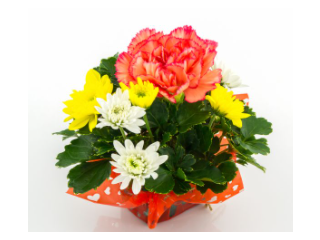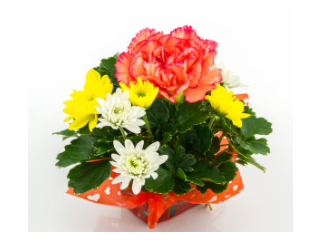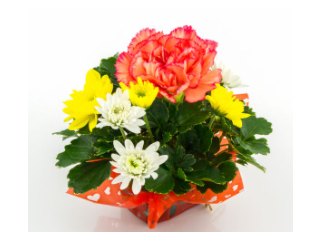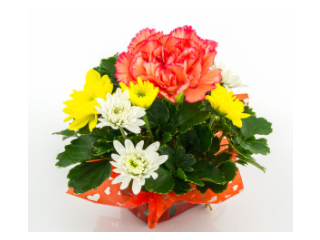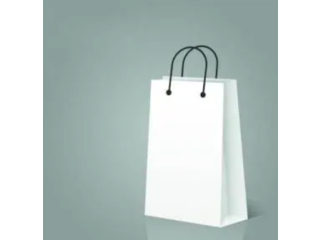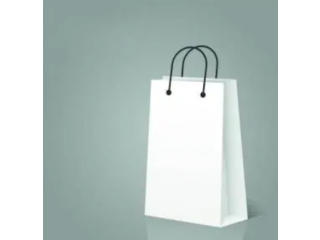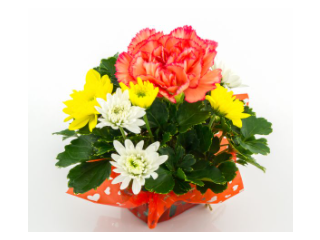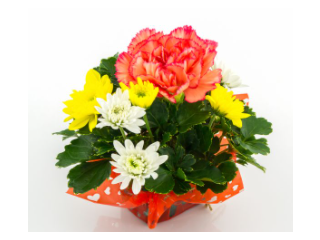Not all valves are equal: Picking the right material for the job Aziendale
2 years ago Industriale Bitonto 307 Visto Reference: 26Location: Bitonto
Prezzo: Contattaci
Valves come in numerous sizes and configurations and are used in thousands of applications across various industries. Likewise, there are various types of valves used in piping systems. These valves vary by operating mechanism/principle, function and design.
Most common valve types and applications
Ball valves: Ball Valves are quarter-turn valves that can be used for flow stoppage or flow modulation. They contain a horizontally hollowed-out sphere sitting tightly in the middle of the valve. When the valve is open, the hollow side aligns with the flow. The valve can also be placed in a partially open/closed position. Ball valves work well in high-pressure applications.
Butterfly valves: Butterfly valves contain a flat disk/flap that swivels sideways to allow, block or regulate flow. These valves are often used in power plants and wastewater plants as shut off or regulating valves. While they are cheaper and smaller than ball valves, they are not good for high-pressure applications.
Check valves: Check Valves allow the flow of media in one direction while preventing flow in the opposite direction. These valves typically have an inlet and an outlet port and operate using differential pressure. They are used to prevent reverse flow — a problematic phenomenon that can occur in piping systems, in which media flows in the wrong direction. This phenomenon can have profound implications such as problematic flow, contamination of the flowing media and damage to the piping system. There are various types of check valves, best suited to different applications.
Plug valves: In plug valves, cylindrical or conical plugs are used to control flow. The plug has a horizontal hole through which the media flows. To open the valve, the plug is rotated sideways to align the hole to the flow. Plug valves can commonly be found in radiators, heaters and air systems.
Gate valves: Gate Valves are linearly operated valves that contain barriers referred to as gates. The gates are raised and lowered to open and close the valve, respectively. Gate valves are designed to be completely open or completely closed and are not suitable for flow regulation.
Globe valves: Globe Valves consist of a globe-shaped disc that blocks flow by closing against an orifice. The globe is raised and lowered by an outside stem and yoke, otherwise known as OS&Y. Unlike gate valves, globe valves can be used to regulate flow as they can be partially opened and partially closed.
Gear is toothed, mechanical transmission elements used to transfer motion and power between Machine Parts, and in this article, we discuss the different types of gears available and how gears work. Operating in mated pairs, gears mesh their teeth with the teeth of another corresponding gear or toothed component which prevents slippage during the transmission process. Each gear or toothed component is attached to a machine shaft or base component, therefore when the driving gear (i.e., the gear that provides the initial rotational input) rotates along with its shaft component, the driven gear (i.e., the gear or toothed component which is impacted by the driving gear and exhibits the final output) rotates or translates its shaft component. Depending on the design and construction of the gear pair, the transference of motion between the driving shaft and the driven shaft can result in a change of the direction of rotation or movement. Additionally, if the Gears are not of equal sizes, the machine or system experiences a mechanical advantage which allows for a change in the output speed and torque (i.e., the force which causes an object to rotate).
The North American forging industry continues to grow in technical prowess. OEMs are realizing that nothing beats forgings for strength and reliability. Advances in forging technology have expanded the range of shapes, sizes, and properties available in forged products to meet an increasing variety of design and performance requirements. Forging Components are regularly specified where strength, reliability, economy, and resistance to shock and fatigue are vital considerations. Forged materials offer the desired degree of high or low temperature performance, ductility, hardness, and machinability.


